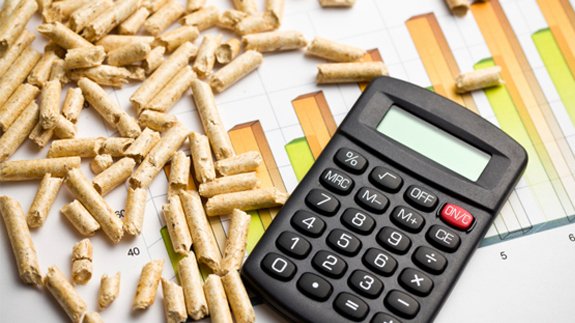A new scientific calculator which calculates the carbon impacts of burning trees for energy has been launched.
Developed by DECC, the ‘Bioenergy Emissions and Counterfactual Model’ is designed to help developers make sure they are sourcing their biomass responsibly.
An accompanying study by Chief Scientific Advisor Professor David MacKay and Dr Anna L Stephenson focused on biomass sourced from North America and assessed the carbon impact of different biomass fuel types, taking into account alternative land use and impacts of transporting the fuel.
It found that under certain scenarios, “bioenergy could lead to high greenhouse gas intensities” and could be more carbon-intensive than a coal-fired power station. However it noted biomass could result in carbon savings compared to both coal and gas-fired plants if sourced sustainably.
Mr MacKay said: “The calculator looks at the changes in the amount of carbon stored in forests in North America when assessing the benefits and impacts of various bioenergy scenarios. It gives new information about which biomass resources are likely to have higher or lower carbon intensities and so provides insight into a complex topic.”
Energy Secretary Ed Davey welcomed the confirmation that biomass power can deliver reductions in emissions.
He said: “This calculator shows that, done well, biomass can offer real carbon savings – which is why we are tightening our rules for sustainable biomass. Any producer who doesn’t meet those standards will lose financial support from next year.”
DECC predicts that by 2020 biomass could account for around 10% of the electricity generated in the UK.





